Advocating for Equitable Play to Promote Learning for All
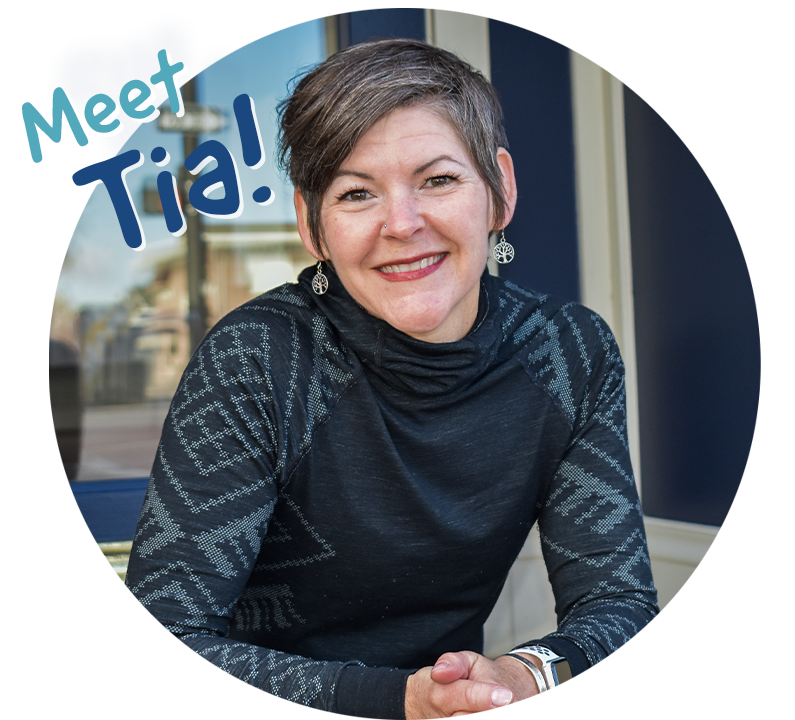
Tia Gamelin is a mother of four and has over 25 years of experience working as a pediatric occupational therapist in the United States and abroad. She has specialized skills and is trained in Sensory Integration and Praxis Testing (SIPT), Sensory Oral Sequential (SOS) Feeding Approach, she is a Level 3 Kinesiotaping practitioner, Therapeutic Listening Certified, Astronaut Training certified, Handwriting Without Tears, and certificated PaddleFit Coach for stand up paddle boarding. (Read More...)
Tia is a graduate of Lenoir-Rhyne University in North Carolina. Tia has been a speaker for the OT Associations in Virginia and Ohio in areas of pediatric hand splinting, burn care and sensory processing disorder. She is a three-time presenter for the Special Olympics, South Carolina Leadership Conference where she received the 2016 Champion Award for Special Olympics for advocating for individuals with intellectual disabilities. Tia has been a guest lecturer for the South Carolina Down Syndrome Association, The Ohio Early Childhood Advisory Council, The National Institute for Learning Disabilities in Norfolk, VA and various other community and professional organizations. She was the head coach and founder of the Special Olympics Stand Up Paddle board team in South Carolina, the second team of its kind in the nation. She is a member of the AOTA, the WFOTA and has been board certified by the NBCOT since 1997. She has been a mentor and guide to a number of Occupational Therapists who have gone on to own their own practices and become champions of innovative therapeutic practices.
Currently Tia owns her own nature-based therapy practice called Blackbird Therapy Group, LLC in Littleton, CO, consults with area schools including Rick’s Center for Gifted Children at the University of Denver, and runs an online coaching and education site called Körplay to help caregivers of young children learn how to play with purpose. Tia is passionate about play and practices daily with her amazing husband and four children.
The Power of Play
Play is the work of children. It’s how they learn to be independent with self-care, self-regulation and learning skills. All of these skill areas are developed through foundational skills learned through play. Play is how children occupy their time. It’s how their developing bodies experience this sensory rich world and make strong connections throughout the brain. Here are a few ways that toys become the tools that lay the foundation for independence in self care, self regulation, and learning skills.
Every child is hardwired with the internal desire to play. Play is the universal language for all children, whether they are in a wheelchair, use a communication device to share their thoughts and ideas or they never look you directly in the eye while they play. All children are driven to play. A child’s impairment should never affect their ability to access the play environment. Kodo is committed to creating equity and inclusion through play.
Tia’s Top Picks
To create equitable play for all abilities, Tia has outlined skills and selected products that will support the growth of differing abilities and meet your children at their skill level.
For a more in depth look at how each product supports skill growth, view our Product + Skill Correlation Chart.
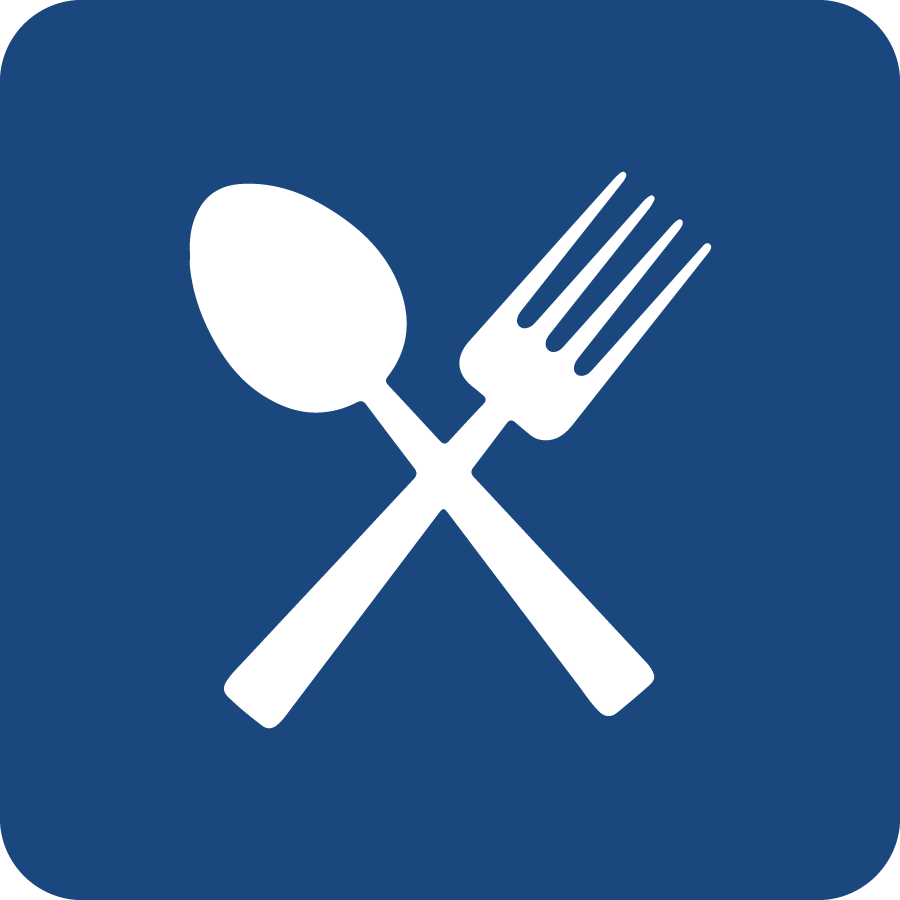
Feeding
Feeding is a whole-body sensory experience and understanding the sensory properties of foods is essential for diversifying taste, expanding food preferences, and thinking flexibly about trying new foods and textures. Sensory experiences are explored through the eyes and then the hands. Understanding sensory properties through play helps with the feeding process and expands language for higher thinking skills preparing for math and science concepts.
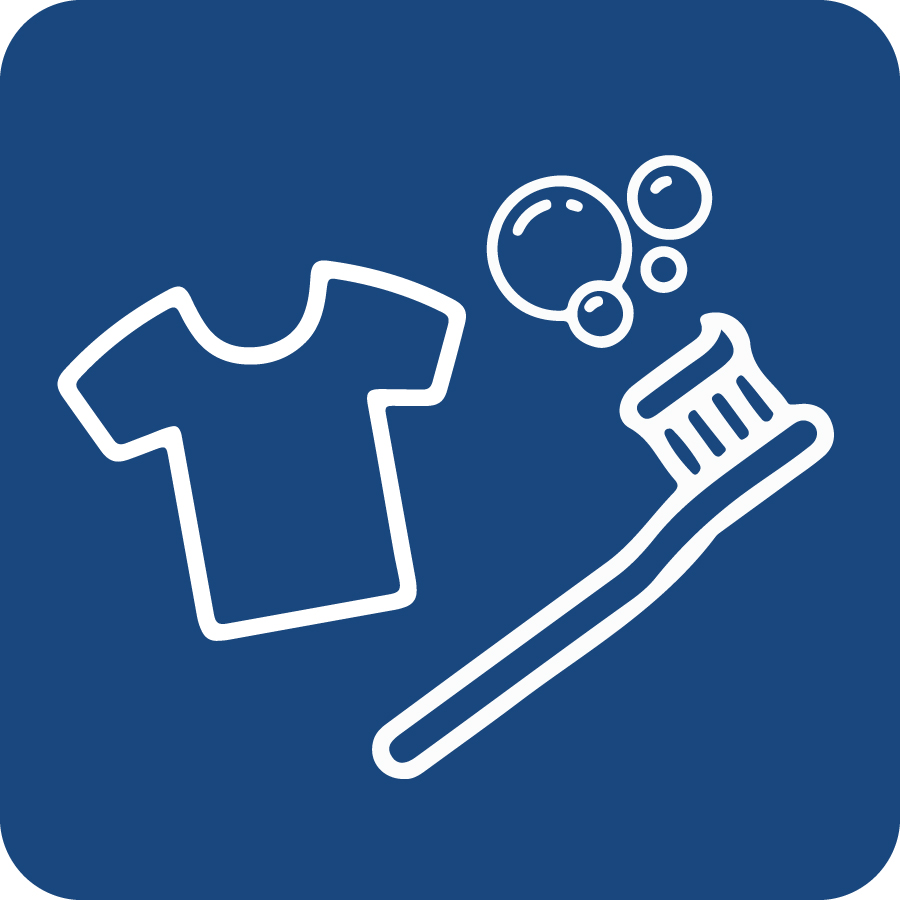
Dressing, Tooth Brushing + Handwashing
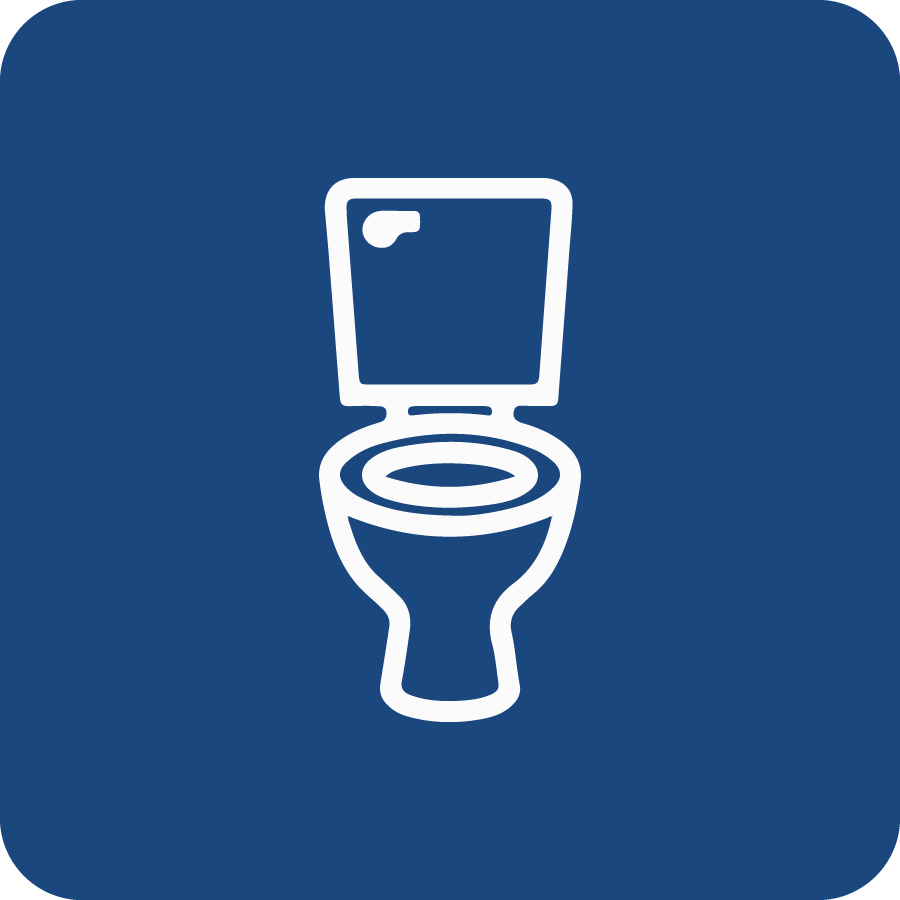
Toileting

Pre-Writing / Literacy

Pre-Writing / Literacy - Vision
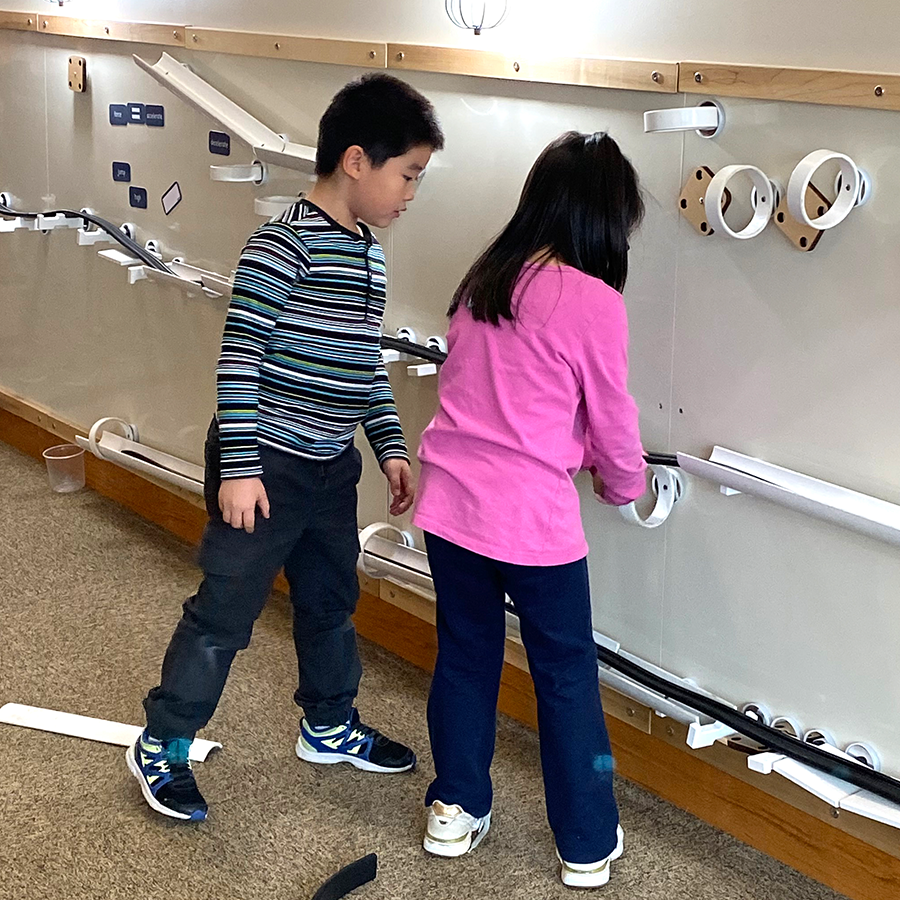
Magnet Wall


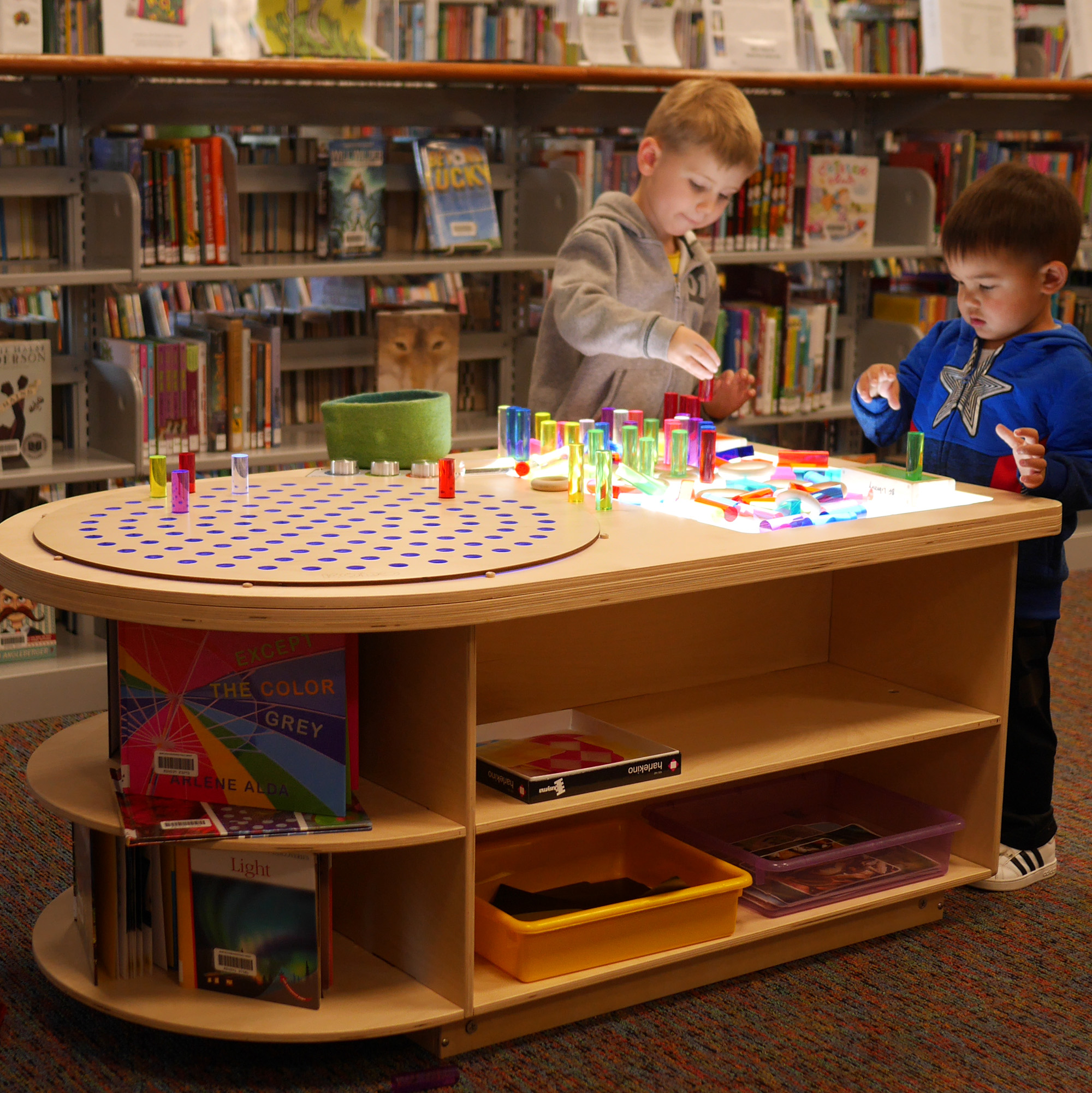
Spectrum Light Table
![]()



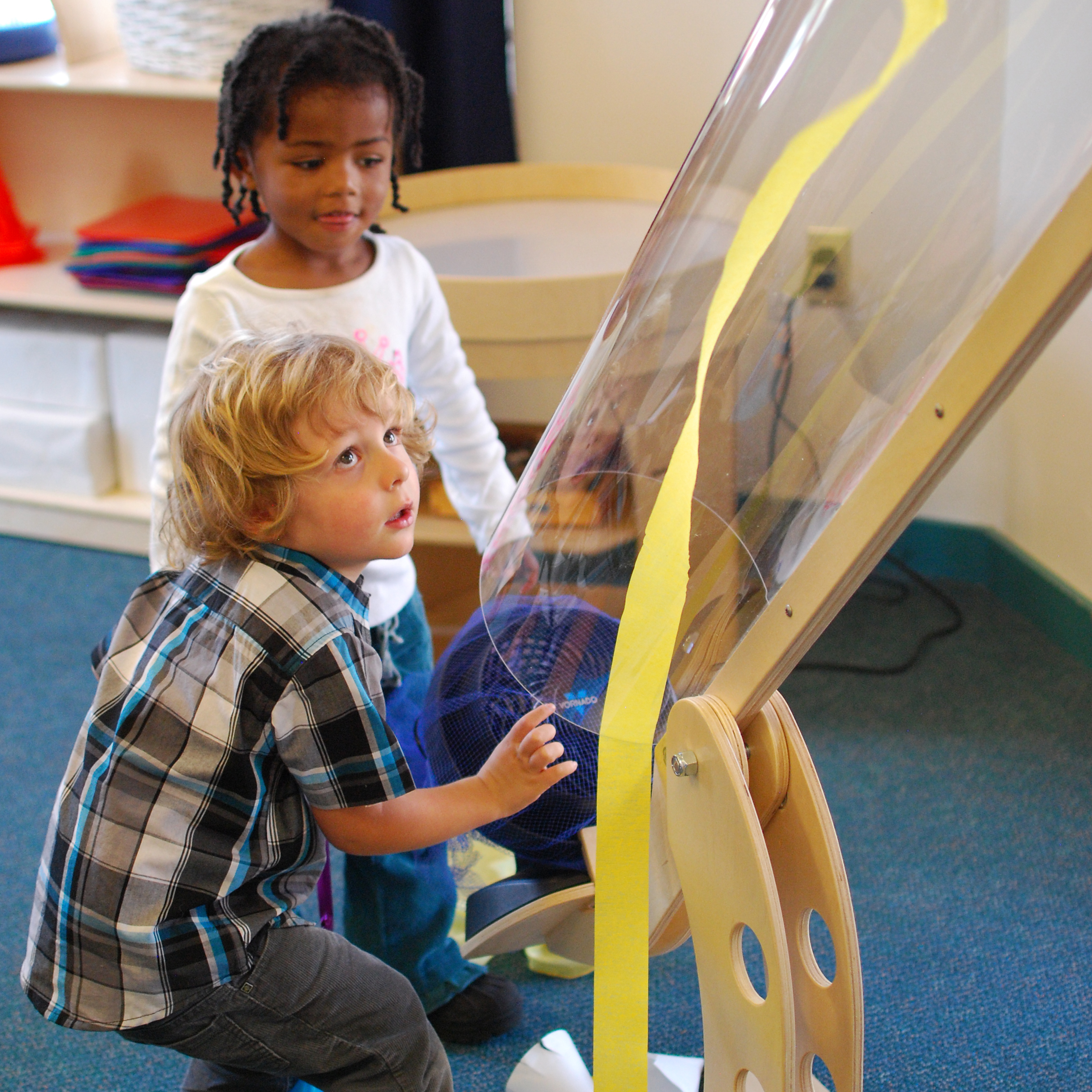
Wind Tunnel




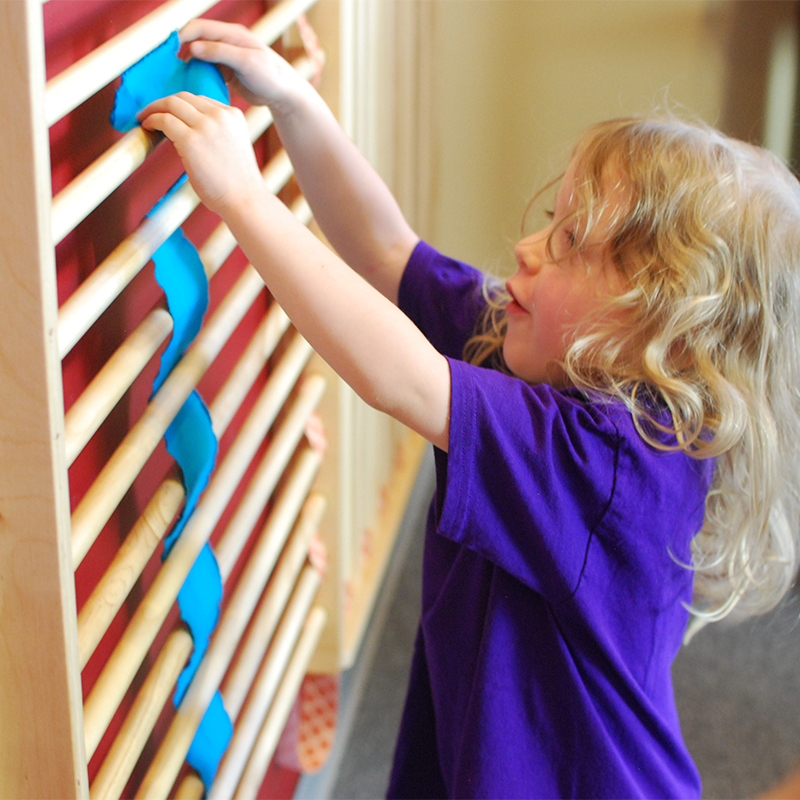
Weaving Wall
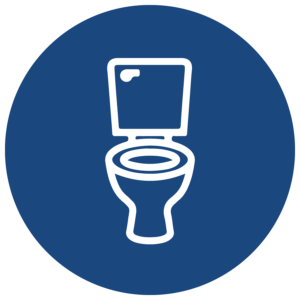



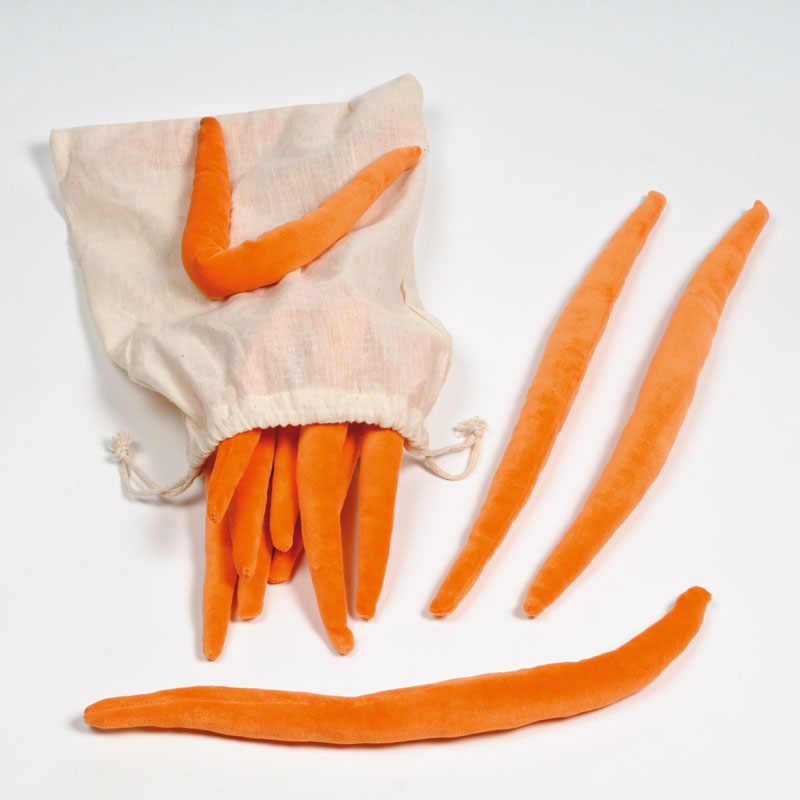
Cloth Tails


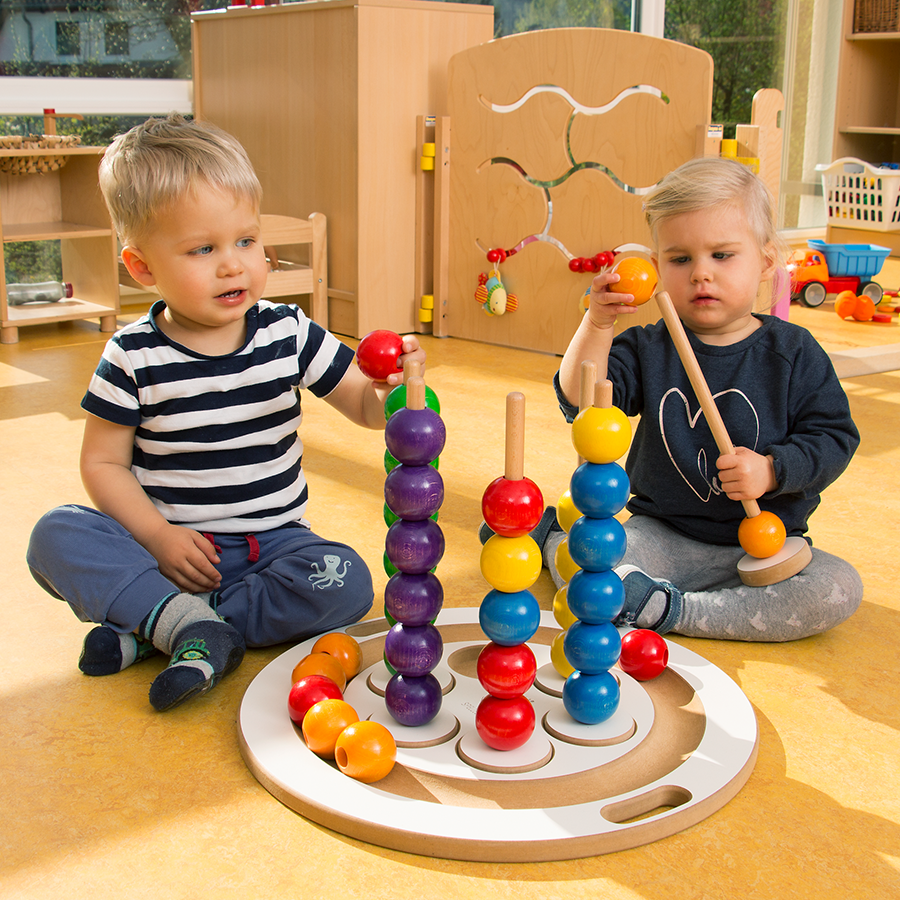
Toddler Ball Stacker

![]()





Toddler Ball Run



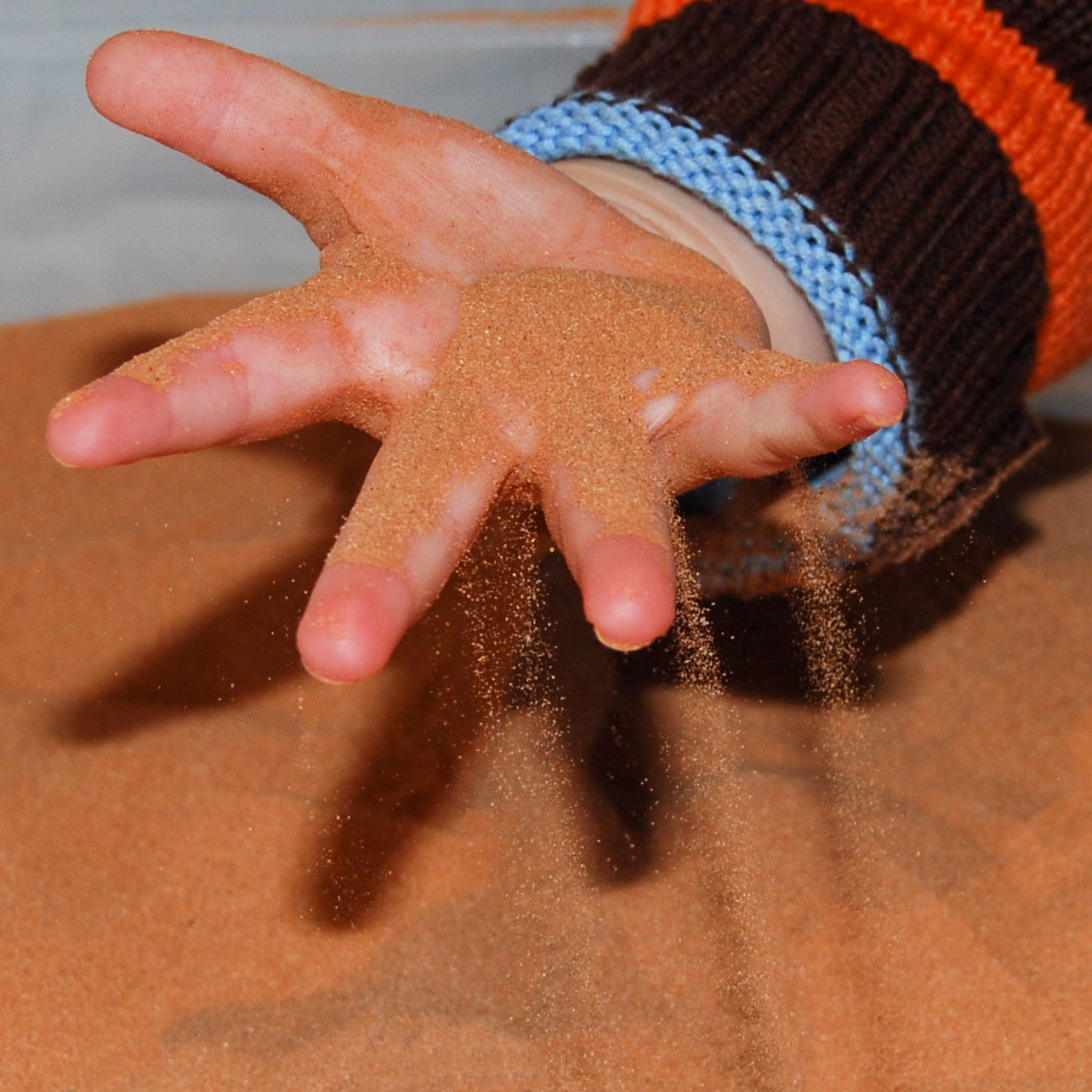
Jurrasic Sand




See Inside Pipe

![]()




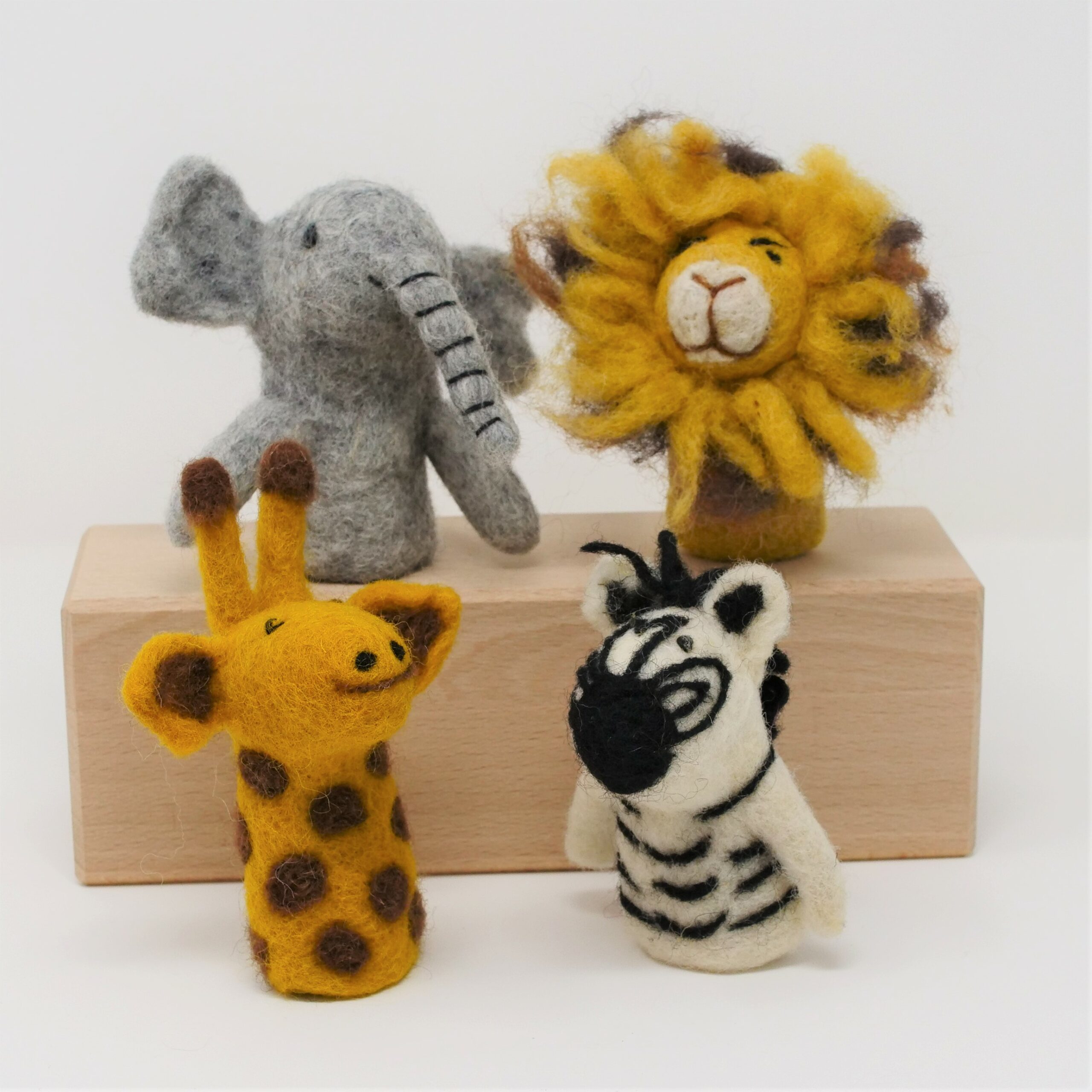
Finger Puppets
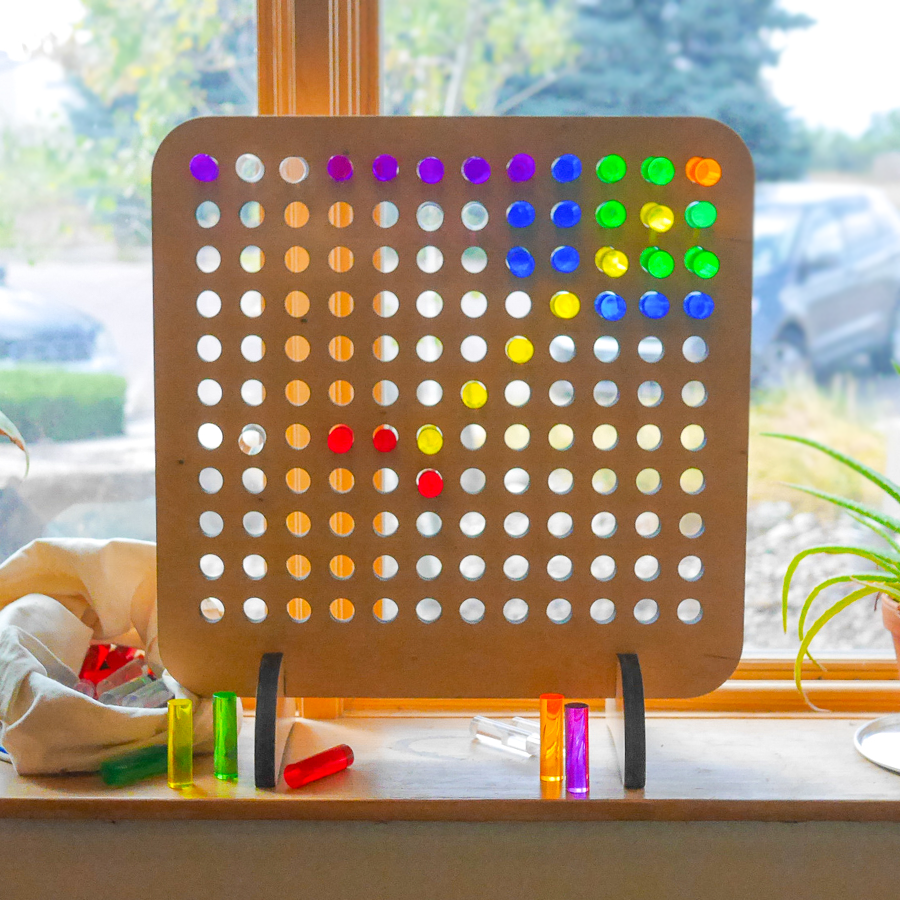
Rainbow Pegboard
![]()




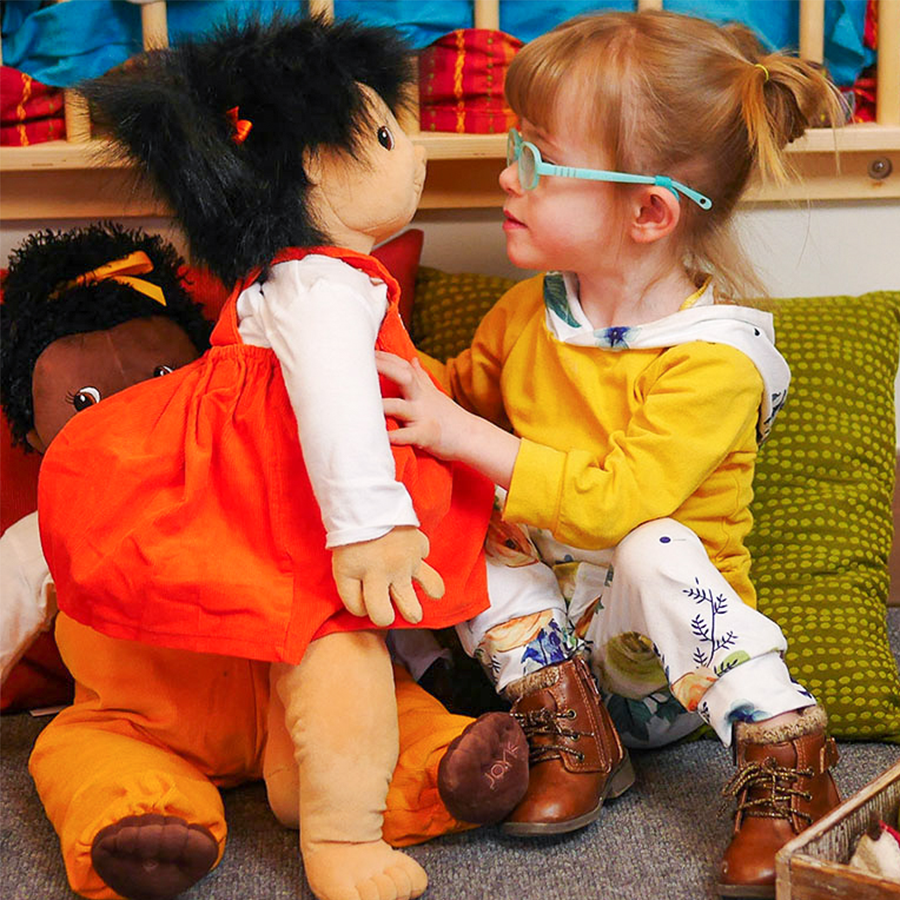
Empathy Dolls
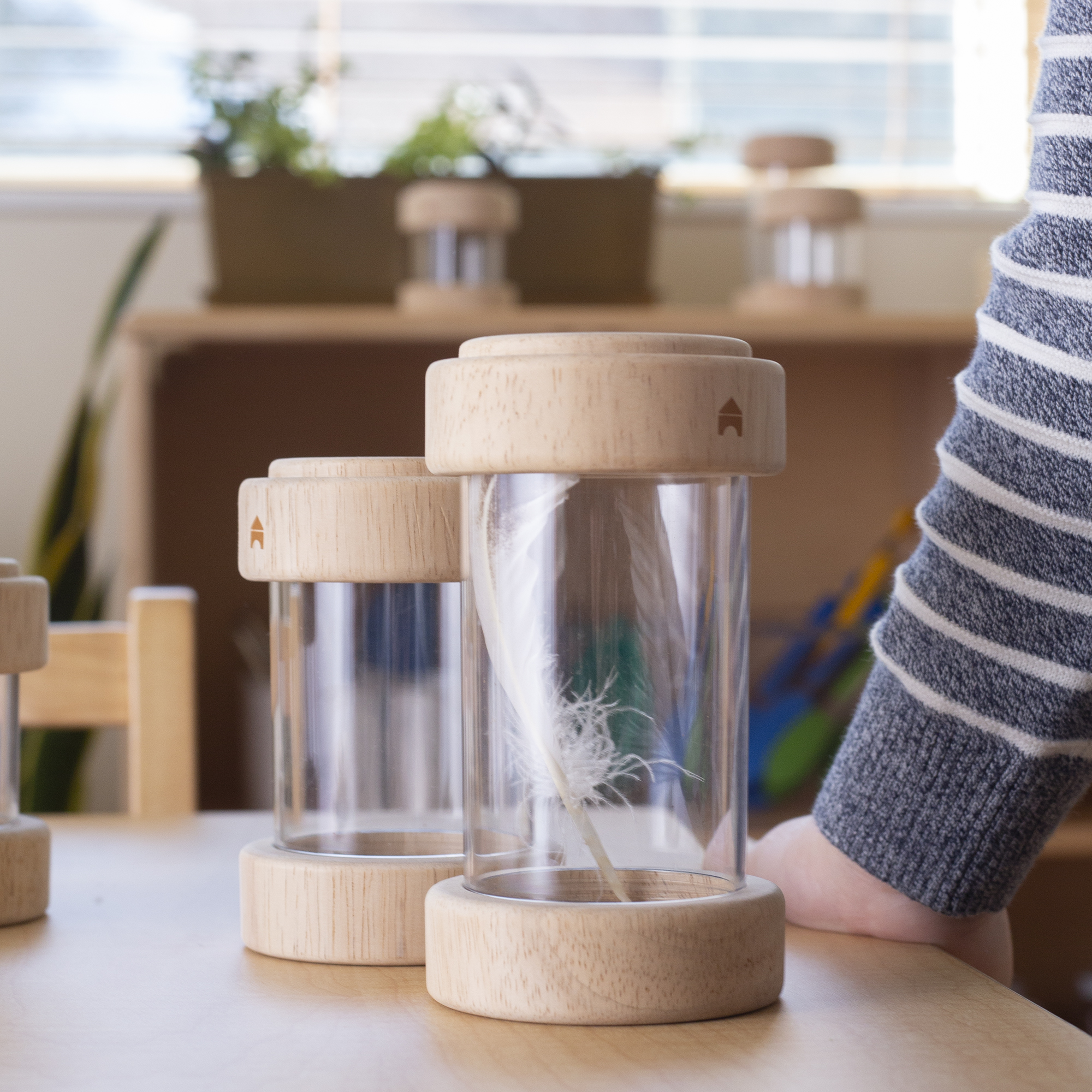
Treasure Tubes
![]()




Gemstone Matching Tiles
LOOKING FOR MORE?
For more resources, or to book Tia’s services, contact her via email at tia@blackbirdtherapygroup.

